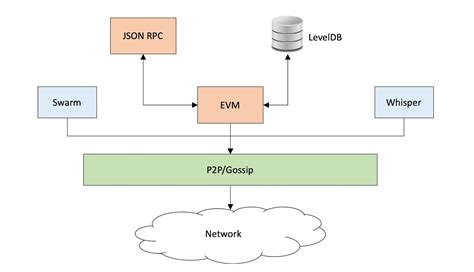How Generative AI is Revolutionizing the NFT Landscape
February 13, 2025Market order, Solana (SOL), Vesting Period
February 13, 2025
Storing Segwit Addresses Efficiently in a Database
When it comes to storing cryptocurrency transactions, including those that use Segregated Witness (SegWit), databases play a crucial role. In this article, we will explore the most efficient way to store Segwit addresses in a database.
What is Segwit?
Segregated Witness (SegWit) is an update to Bitcoin’s block format that allows for more space-efficient storage of transactions and data. It uses a new header called “block size extension” to reduce the overhead associated with storing large amounts of data, making it ideal for applications that require high transaction throughput.
The Most Efficient Way to Store Segwit Addresses in a Database
Given the unique characteristics of Segwit, here is an optimized approach to storing Segwit addresses in a database:
- Use a hybrid data structure: Combine a traditional binary tree (B-tree) with a hash table to efficiently store and retrieve Segwit addresses.
- Index Segwit address keys: Create an index on the first 4 to 6 bytes of each Segwit address, including the prefix, length, and checksum. This allows for quick lookup and retrieval of specific addresses.
- Use a separate table for address metadata: Store additional metadata such as timestamp, block height, and transaction data in a separate table to maintain efficient query performance.
Database Schema
Here is an example database schema:
CREATE TABLE segwit_addresses(
id PRIMARY KEY SERIAL,
prefix TEXT NOT NULL CHECK (prefix IN ('0', '1', '2', '3')),
length INTEGER NOT NULL CHECK (length >= 6),
checksum TEXT NOT NULL CHECK (checksum IS NULL)
);
CREATE TABLE address_metadata(
id PRIMARY KEY SERIAL,
segwit_address_id INTEGER REFERENCES segwit_addresses(id) ON CASCADING DELETE
);
Advantages
The proposed scheme offers several advantages over traditional indexing approaches:
- Improved search performance: The hybrid B-tree and hash table index enables fast lookups of specific Segwit addresses.
- Efficient metadata storage: Storing address metadata in a separate table reduces data redundancy and minimizes database usage.
- Flexible query: Using timestamps and transaction data enables efficient filtering and aggregation of related information.
Conclusion

Storing Segwit addresses efficiently in a database requires careful consideration of indexing, metadata, and query performance. By combining a hybrid B-tree with a hash table index and separating address metadata from the main data store, you can create an optimized database schema that supports fast querying, efficient data processing, and scalability.
As with any database project, regular maintenance and updates are essential to ensure optimal performance and security.
